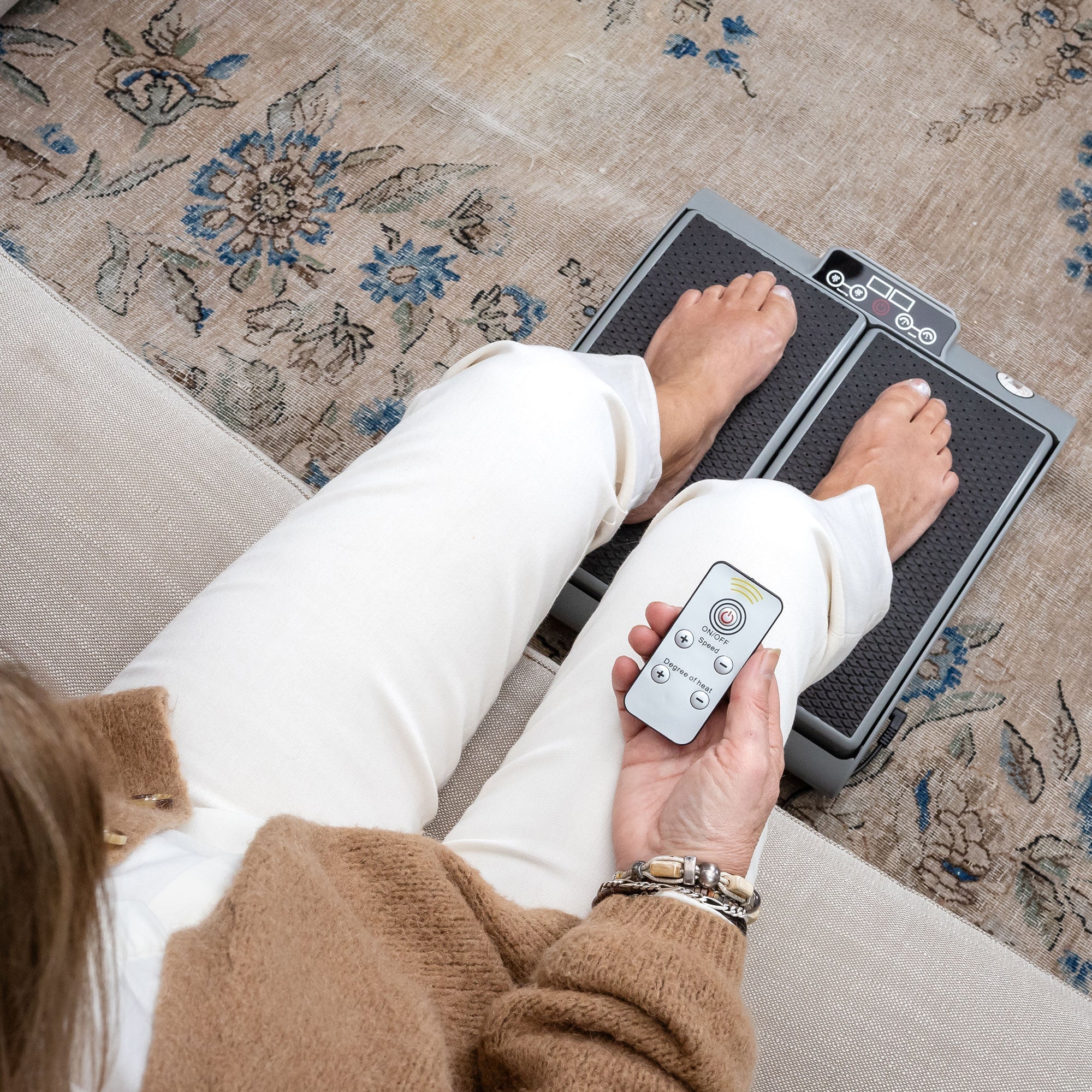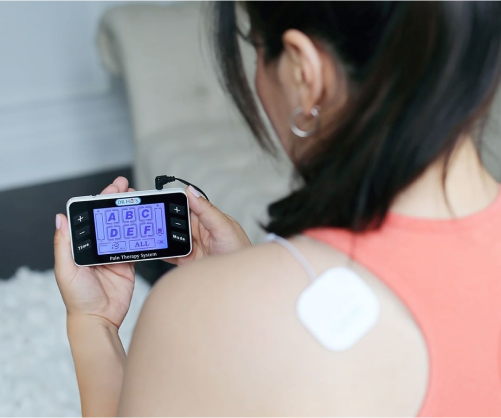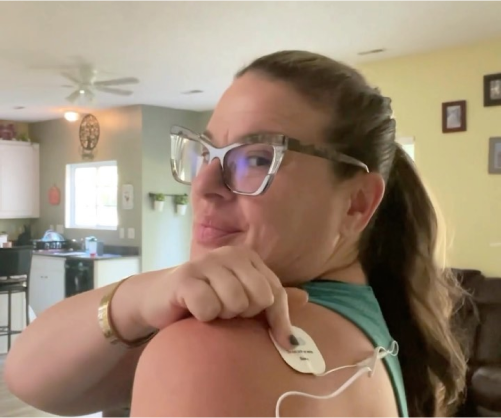Updated October 17, 2025
TENS therapy has been used by doctors and medical professionals in their private practice and clinics for decades. TENS stands for Transcutaneous Electrical Nerve Stimulation, a non-invasive technique that uses a small machine to deliver electrical current through the skin to stimulate nerves and provide pain relief. This electrical device is portable, easy to use, and is designed for convenient placement on different body parts. Electrical nerve stimulation TENS is widely used for pain management, and the delivery of electrical energy is a core principle in its development and scientific foundation.
TENS units are available over the counter, making them accessible for at-home consumers seeking relief from various pain conditions, including acute pain, acute low, and acute low back pain. Patients use TENS for a range of issues, and proper use involves attaching tens electrodes to the skin with careful electrode placement for effective therapy.
How TENS Works
Transcutaneous Electrical Nerve Stimulation, or TENS, is a widely used method for pain relief that harnesses the power of low voltage electrical currents. TENS units—sometimes called TENS machines—are small, portable devices designed to help manage both acute and chronic pain by sending gentle electrical impulses through the skin.
The way TENS therapy works is straightforward: electrode pads are placed on the skin near the painful area, and the TENS device delivers controlled electrical currents to stimulate the nerves beneath the skin. These electrical impulses can help to disrupt pain signal transmission to the brain, effectively reducing the sensation of pain. In addition, TENS may encourage the body to release endorphins, which are natural chemicals that help relieve pain.
TENS machines are commonly used to provide pain relief for a variety of conditions, including chronic low back pain, neuropathic pain, pain following injury or surgery, and other types of acute and chronic pain. The intensity of the electrical stimulation can be easily adjusted, allowing users to find a comfortable level that suits their needs. This flexibility makes TENS therapy a practical option for many people seeking to reduce pain without medication.
Because TENS therapy is non-invasive and generally safe, it is often recommended as part of a comprehensive pain management plan, alongside physical therapy or other treatments. However, it is important to use TENS units as directed and to consult with a healthcare provider before starting treatment, especially if you have underlying health conditions. While most people tolerate TENS well, some may experience mild skin irritation at the electrode sites.
Overall, TENS therapy offers a convenient and effective way to relieve pain and improve quality of life for those dealing with acute or chronic pain. With proper use and guidance, TENS can be a valuable tool in your pain management toolkit.
TENS Machine Side Effects
Studies have shown that TENS therapy is a safe and effective way to temporarily relieve sore and achy muscles as well as symptomatic relief of chronic, intractable pain and pain associated with arthritis. TENS is generally considered safe when used as directed but some patients may experience mild discomfort or skin irritation, especially at the site of the electrodes. TENS should not be used by patients with heart problems or over broken skin.
TENS units are also easy to use and the side effects are minor. Misusing a TENS device can result in the following symptoms:
-
Skin irritation, especially where electrodes or tens electrodes are placed
-
Temporary muscle twitching
-
Temporary tingling sensation
-
Mild discomfort
How to Avoid Side Effects
You should talk to your doctor before using a TENS machine to temporarily treat your pain. Proper electrode placement can help minimize discomfort and maximize effectiveness. When using your machine, there are a number of steps you can take to ensure unpleasant sensations do not occur. A few of these steps include:
-
Clean your skin before applying the pads
-
Check the skin for broken skin before applying tens electrodes or electrodes. Do not apply electrodes over areas with broken skin.
-
Do not start the TENS Machine on the highest intensity
-
Periodically change the position of the pads
-
Pay attention to electrode placement, as correct placement of tens electrodes or electrodes is important for optimal pain relief and to avoid discomfort.
-
Do not use the TENS machine for more than one hour at a time
-
Do not use the machine if you are pregnant
-
Avoid using the TENS machine if you have heart problems
-
Do not sleep with your TENS machine on without a timer set
-
Do not use the TENS machine near water
-
Do not use the machine while driving
Where to Avoid Placing TENS Pads
Side effects do not often occur when using a TENS device unless it is being misused. Proper electrode placement is essential to avoid side effects and ensure effective pain relief. There are a number of places on the body where a TENS machine, electrodes, or TENS electrodes should not be placed. The following areas should be avoided when placing TENS pads on your body for use:
-
Eyes
-
Head
-
Spinal column (do not place electrodes directly over the spinal cord)
-
Over tumors
-
Open wounds or broken skin (do not place electrodes directly over these areas; they can be used around the wound)
-
Front of the neck
-
On the chest
-
Over a pacemaker or ICD device
-
Any private areas
TENS Machines Should Temporarily Relieve Pain, Not Cause It.
Always consult with your doctor if you have preexisting medical conditions or are concerned about using a TENS machine in your home. It is important that a TENS machine is not used in certain areas (mentioned above), overused, or used during inappropriate times (driving, showering, etc.).
Disclaimer: This content is for informational purposes, and should not be treated as medical advice. While our advanced TENS machine can benefit various pain conditions through its sophisticated combination of TENS, EMS, and NMES guided by our proprietary AMP Technology, proper diagnosis ensures optimal pad placement and treatment protocols. Always consult a healthcare professional for an accurate diagnosis before beginning any treatment program.
Sources:
Schuster, S. “Side Effects of Overusing a TENS Machine.” Live Strong.
Learn more about TENS on the DR-HO'S Blog!
TENS Machines: This is Everything You Need to Know
How to Choose a TENS Machine
Do TENS Units Really Work?
How do TENS Machines Work?
How Long is it Safe to Use TENS For?
How to Use TENS to Relieve Sore and Aching Muscles
What Sets DR-HO’S TENS Machines Apart?
DR-HO’S Pad Placement Guide for Chronic Pain
Can TENS Machines Help With Muscle Recovery Post Workout?


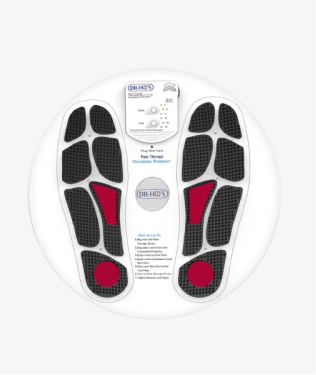
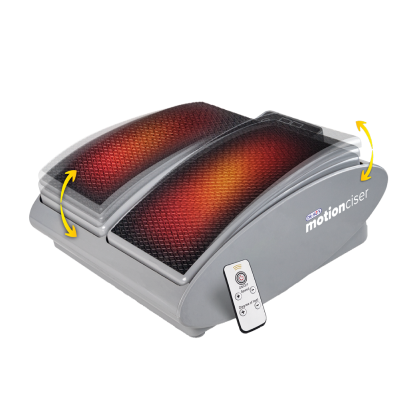
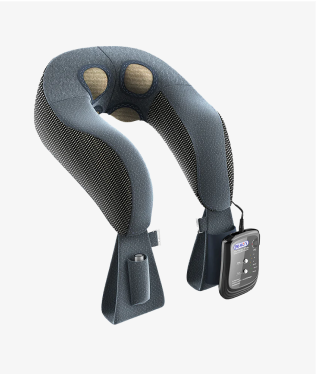
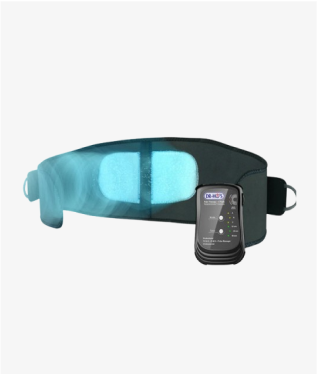
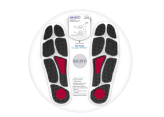
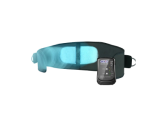
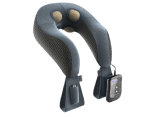
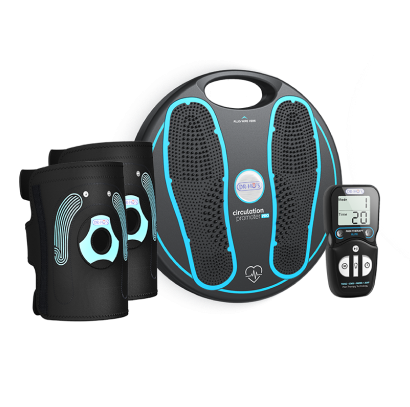
![TENS Machine Side Effects: Is TENS Therapy Safe? [Updated for 2021]](http://drhonow.com/cdn/shop/articles/IMG_0441-edit_56122313-ff3a-4966-9f34-c0ed9b7959d7_large.jpg?v=1760710510)
